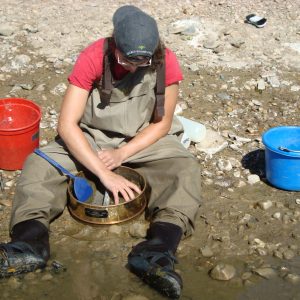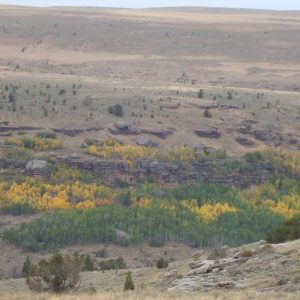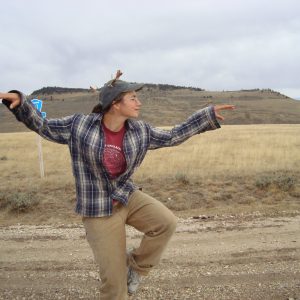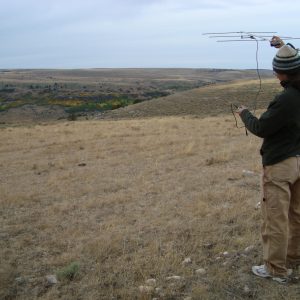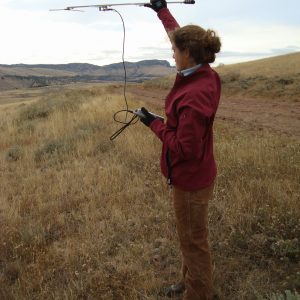I spent the last month or so of my internship making GIS models and giving Kim, our wonderful receptionist, a hard time about there not being enough Christmas candy around the office. While this may not SEEM like a bang, it certainly was (you don’t know Kim…kidding…). Field season in Wyoming ended (mostly), and I continued to learn a tremendous amount inside!
My GIS models were regarding an area of land called “Fortification Creek” that is home to a well-loved and utilized (by some, anyway) herd of elk. The habitat is surrounded by non-habitat, and so, generally speaking, when habitat is destroyed by drilling, the elk don’t really go somewhere else, they just have less area in which to live. As a result, several individuals and organized groups of people are up in arms about the continued drilling in Fort Creek, but the developers have a lawful right to capitalize on their leases, which were sold years ago (see? Enter the “bang”). The BLM is supposed to manage all this.
My job was to create a GIS model that would standardize analysis of how much and which parcels of habitat would be lost with each drilling activity. Then, I executed the model for various areas of Fortification Creek and made maps in preparation for a meeting with management about well permitting. I also suggested a new metric for evaluating the quality of the remaining habitat.
In the process, I learned how to make models, about state director reviews of field office decisions, and about many more of the wildlife issues associated with oil and gas drilling in the Powder River basin. I wish I had been able to stay in Buffalo longer and develop that project more fully. It was exactly the sort of worthwhile activity I wanted to be doing, and my days flew by.
It really is a different world out there. How many APDs in the POD got SDRed? Who was the NRS? Yeah, thought so. The difference that I can see in myself, in terms of specific learned topics, general understanding of BLM/government workings, and philosophical maturity regarding energy development and wildlife, is huge. Situations are NEVER as simple as they seem, and there is almost always another (often quite reasonable) side of the story.
Working in the Buffalo Field Office was a pleasure. I have never worked in quite so friendly an environment, and I certainly plan to keep in touch with many of the people I met there. And, of course, it was hard to watch the Big Horns in the rearview… but I know I’ll be back. Thanks to all who made all this possible, and all who will come after and add to the ranks of people who really care.
Miriam Johnston
BLM Buffalo Field Office
Buffalo, WY


